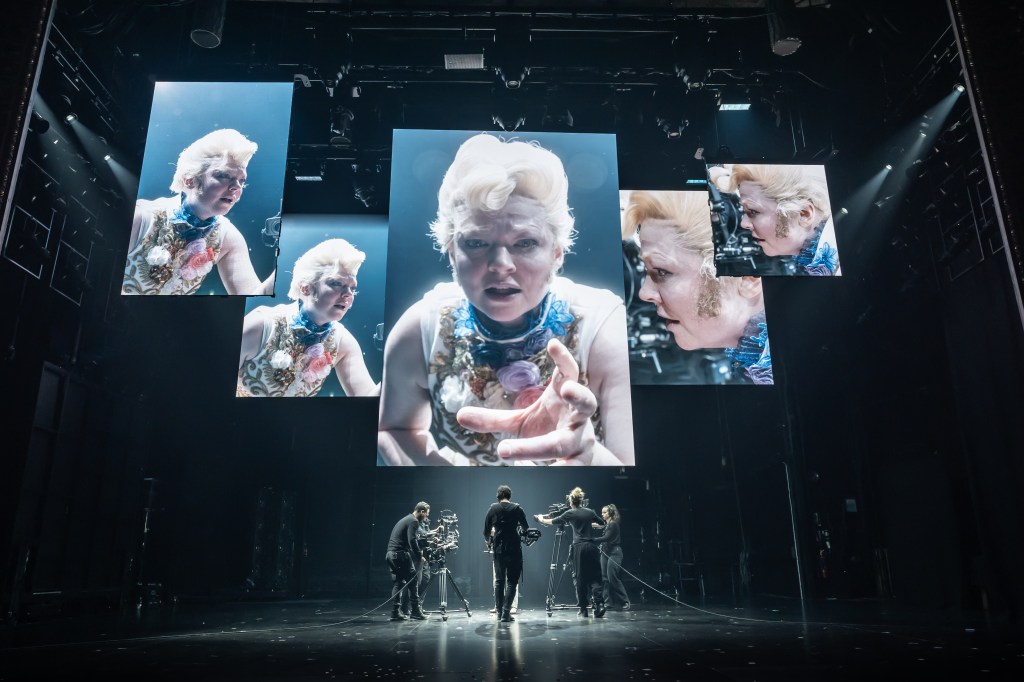The Picture of Dorian Gray
Premiere Date: March 27, 2025
Location: Music Box Theatre, Broadway
Author: Oscar Wilde
Adapted and Directed by: Kip Williams
Star: Sarah Snook
Camera Crew: Clew, Luka Kain, Natalie Rich, Benjamin Sheen, Dara Woo
Duration: 2 hours (no intermission)
Review Summary: One wishes Oscar Wilde was around to encapsulate the vibrant essence of Broadway’s playful The Picture of Dorian Gray, featuring the outstanding Succession star Sarah Snook, as this production is filled with theatrical brilliance that deserves more than a mere few phrases to describe.
This production combines a masterclass in acting with impressive technological elements, illusions, and meticulous stage management, all while incorporating the vibrant color schemes reminiscent of Cindy Sherman’s notable photography. Dorian Gray also marks the bold Broadway debuts for both Snook and director-adaptor Kip Williams.
While the inclusion of video cameras in live performances may feel somewhat played out, Dorian Gray innovatively propels the concept forward. Snook portrays over two dozen characters, not in the typical sequential fashion, but often simultaneously, directly interacting with her own video representations on stage.
Rather than relying on outdated split-screen techniques, David Bergman’s video design achieves a modern sophistication, making the interaction between the live Snook and her projected self genuinely striking. The production maintains a strong adherence to Wilde’s original narrative while introducing contemporary elements, such as nightclubs, disco music, smartphones, and Botox.
The Faustian theme shines through as Dorian remains eternally youthful while the concealed portrait ages grotesquely, reflecting each immoral act he commits. The narrative seamlessly transitions from 19th-century gothic horror to modern body horror, especially as Snook employs an app to distort her image, showcasing the pitfalls of plastic surgery.
Marg Horwell’s vibrant scenic and costume design enhances the performance, contrasting brilliantly against a stark black stage, while sound designer Clemence William cleverly incorporates familiar melodies to comment on the unfolding drama. However, the ambitious use of projections may feel excessive or distracting to some, particularly during extended scenes that involve multiple Snooks navigating through a forest.
The tonal shift from claustrophobic intensity to expansive brightness may create a sense of discomfort for some. This deviation could be seen as distracting, particularly during a climactic moment that ultimately feels anticlimactic. Despite the challenges inherent in such an ambitious production, Wilde and his iconic character would likely applaud the effort, with Broadway delighting in the daring endeavors brought forth by Snook and Williams.



